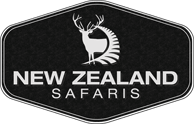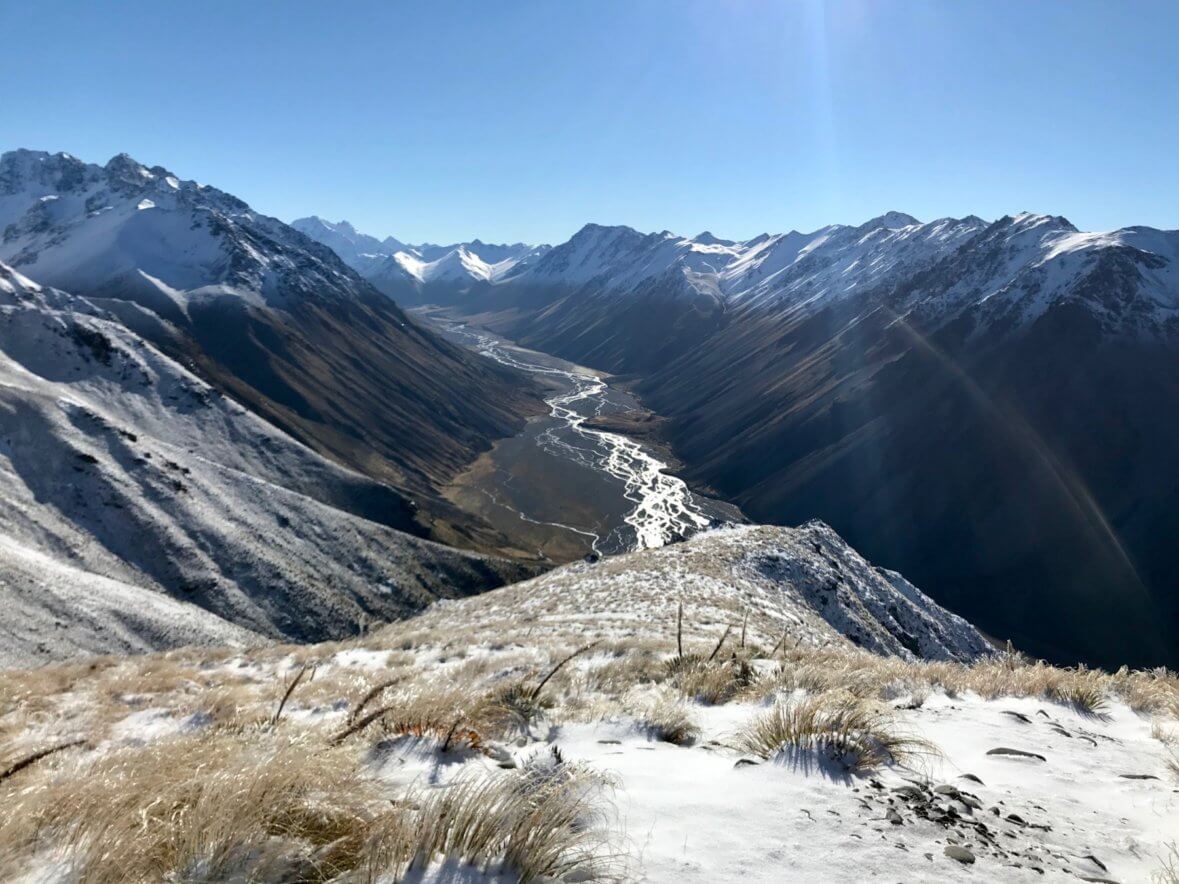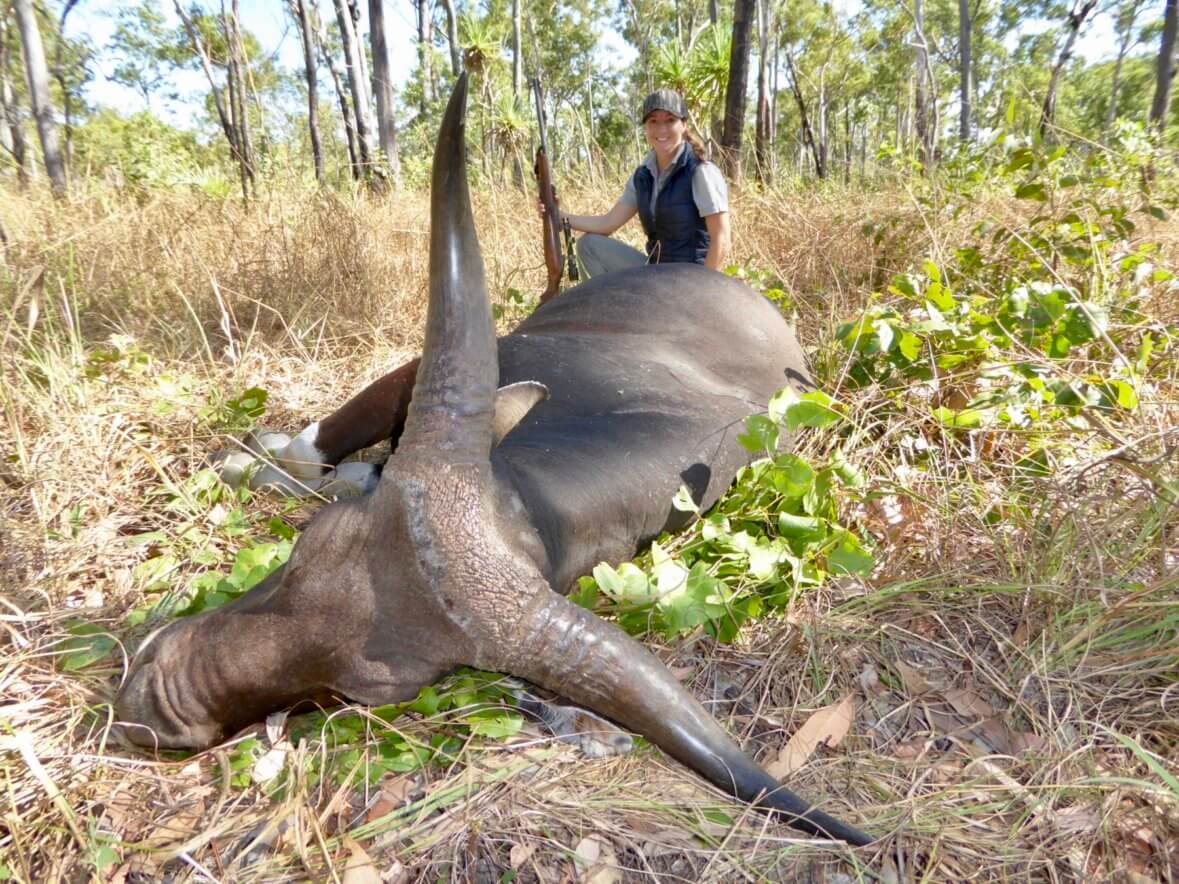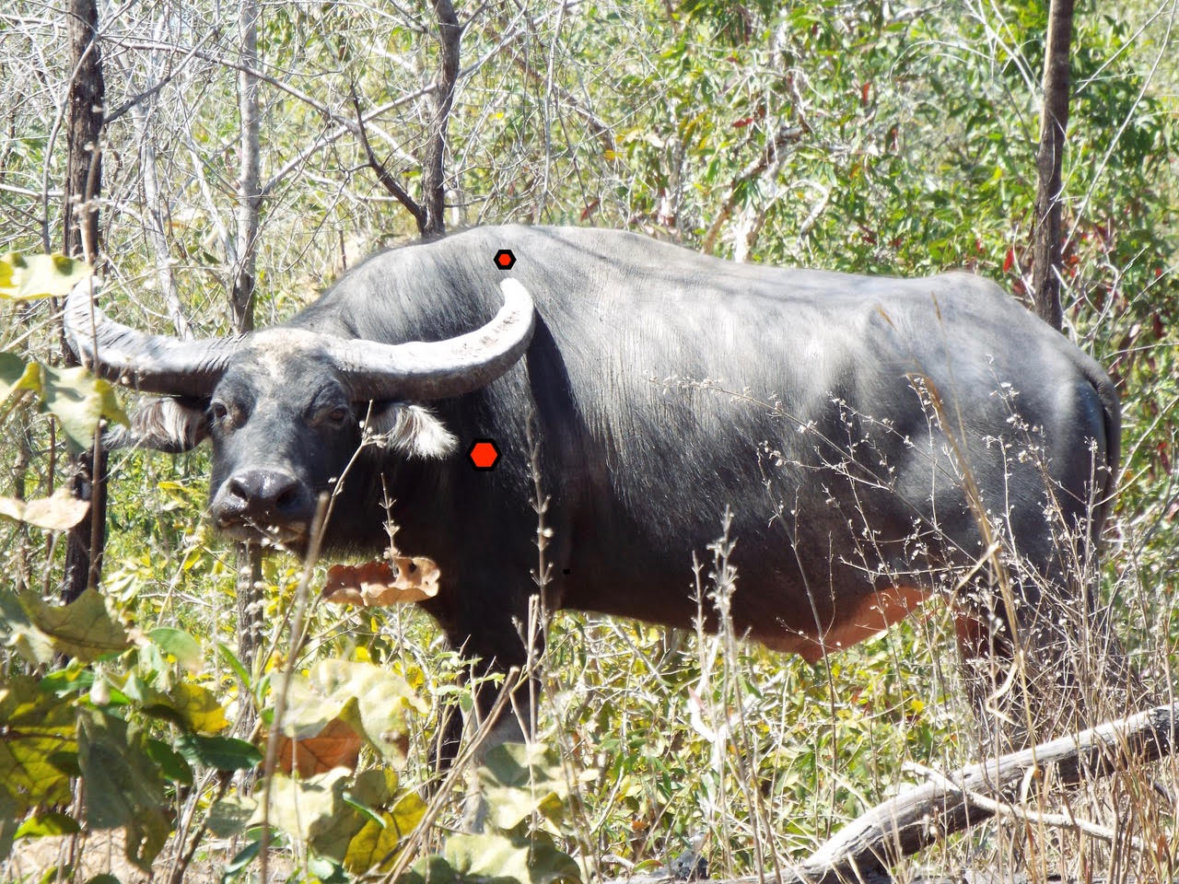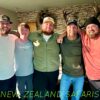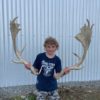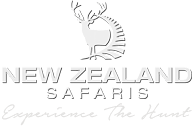About one third of the total land area in New Zealand is public land, that mostly can be hunted. When hunting on public land you will need to have a D.O.C permit, and a New Zealand Firearms permit. A lot of the public hunting areas in New Zealand has no management or restrictions at all, which means the animals can be and are hunted year round. Over the years, this lack of management has affected the quality of trophy heads, the habitat, and characteristics of the animals. Most often we see these animals becoming nocturnal and very spooky. You will especially notice the differences within the red deer population. A red deer taken on public land usually has a noticeable difference and lack in quality compared to that of private land hunting.
So where can you hunt in New Zealand? Some of the animals are only in one island, or will only be within certain areas of the islands. It is important to figure out exactly what species you are after and then you can figure out exactly where in New Zealand you should be hunting according to the species you are after,
North Island Species
In the North Island species to hunt are predominantly deer; Red deer, Sika deer, Sambar deer, Fallow deer, Rusa deer. You will also find Goats, and birds.
South Island Species
In the South Island species to hunt are Red deer, Fallow deer, Elk, Whitetail deer, Tahr, Chamois, Wild Ram, Alpine Goat, Wallaby, and birds. Again many of these species are more prominent in some areas. For example, Tahr, which are mainly in the central South Island near Mt Cook.
New Zealand Safaris offers free range and fair chase hunting opportunities. Our lodge is located in the South Island but we arrange hunting safaris in the South Island, North Island and Australia. If you are considering taking a hunting trip to New Zealand investigate all of your options before determining where to hunt in New Zealand.
In August, you’ll find us up in the the remote parts of the Northern Territories of Australia on Australian big game hunting safaris for Banteng, Buffalo, boar and for added fun fishing and cultural tours.
With already two huge Banteng Bulls down to start our 2019 Australia Big Game Safaris over here these are the most elusive large animals you can hunt acting more like a deer than bovine. Completely wild and free ranging we have permits in conjunction with the traditional land owner Soleman Cooper to hunt the highly coveted Garig Gunak Barlu National Park where the last of the pure Banteng exists that have not crossed with cattle and first introduced and still roam wild and free due to heavily managed hunting.
With warm temps these huge animals feed on the burns late evenings and leave them early in the mornings spending the day near fresh water springs in heavy tropical jungle and trees, which makes this hunt even more exciting as they will blow loudly through their nostrils right beside you before dissolving into the grasses. Amazingly exciting we also encounter Water Buffalo, Boar, Wild Horses and at times donkeys.
The ocean fishing is second to none off the rocks of beaches as there is little to no fishing pressure, but swimming is not advisable as there are a couple of aquatic species that have reasonably sharp teeth.
Combine all this to have the traditional aboriginal owner with us talking about his ancestors or hunting methods and tracking these animals in areas where the average white guy would need a GPS this is just one of those hunts that is very pure, exciting, and memorable on many levels. Camp is both comfortable and adequate, we bring our own fresh food and alcohol in with a cook on the beach front cabins which has generator power, flushing toilet and running water/ showering and private bed rooms for this remote location this is perfect place to have thousands of acres to yourself.
Australian Water Buffalo are an amazingly tough animal, underestimated and under gunned by many.
A Bull in his prime will be 600-800 lbs heavier than his cousin the African Cape Buffalo, the Australian Water Buffalo is also about 2-2.5 ft taller with a much denser bone structure. A mature Australian Water Buffalo is 16 plus years, it is not uncommon to take Bulls that are 20 years or older if they are in a wild and free ranging environment like the one in this video.
To make an ethical shot on an Australian Water Buffalo Bull it is recommended to use a minimum of .375 caliber although some hunters may use a .338. On our Australian Water Buffalo hunts we have seen that the .338 caliber is moving much too quickly to achieve maximum expansion of projectile which should be bonded, or, first shot even a solid but this can be left to the experts to discuss in depth.
Taking risky or 50/50 shots is strongly discouraged as a wounded Australian Water Buffalo will be either lost or create a dangerous situation. Taking time to stalk and wait until an almost 90 degree shot is possible and is the best practice. Half way from top of the shoulder to bottom of chest and straight up from the front leg, or if the offset shoulder is slightly forward/behind then centred between the two which should break both shoulders, lungs, and potentially heart.
Depending on the follow up shot (99% of the time a follow up shot is needed) and his position, then the shot should be into the same spot or high neck/spine shot if possible.
Like many of the deer species the lungs and heart are in the lower quarter of the Red Stag, approximately the size of a dinner plate.
For Red Stag shot placement judging half way going from the top of the shoulder and bottom of the chest you should aim slightly under half way. Being more of a medium skinned animal Red Stags like all animals can be extremely tough during the rut to take down so use appropriate calibers again that deliver good kinetic energy and you can handle to shoot accurately. Muzzle breaks or preferably suppressors are excellent options if you’re worried about recoil and the latter noise. All of our New Zealand Safaris rifles are equipped with suppressors.
A suitable range between 80-250 yards and take time to make the shot. Bow hunting on these guys will get your heart pumping with average shots at approximately 40 yards where we can use cover, calling, and blinds to get in close.
When discussing red stag shot placement, we are typically aiming for double lung, braking both shoulders and potentially also hitting heart which would be the ideal shot. As every hunter knows animals do not always stand square on at 90% and waiting for the perfect alignment can mean not getting a shot.
First and foremost if you are not confident with taking a shot don’t take it. It’s not worth pointing your rifle and shooting or ball parking it. Preparation before the shot and knowing where the vitals are is important in making sure you are taking an ethical shot. With a steady rest you can make those quartering shots if need be. Stags will often turn to face you if they have been alerted or winded you for a brief moment, it may be your best opportunity. Preparation really equals opportunity.
When lining up red stag shot placement it’s always important to think about bullet exit over entry as this is where maximum damage occurs so look at where the off set leg is positioned and body. Front on low down and allow for the exit. Another fatal shot that can be taken if you are very confident and your rifle is a tack driver is at the base of the neck and the spine.
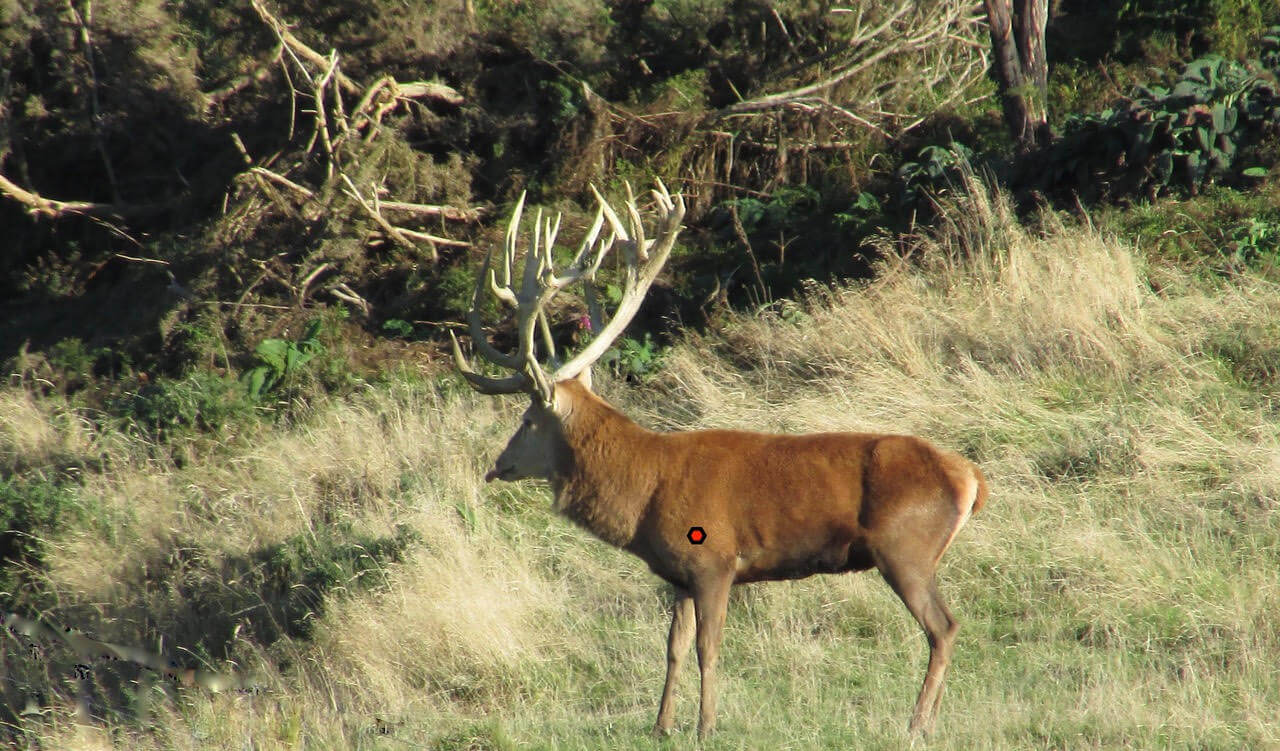
May brings about the most challenging and exciting chamois hunting rut in New Zealand.
Chamois, the mountain Antelope are only found in isolated parts of the South Island. Jim Gibson & New Zealand Safaris has gained a world wide reputation of chamois hunting on wild animals on free range, low fence, on extensive high country properties that are privately owned and exclusive to New Zealand Safaris. Our chamois hunts are limited to 6 hunts per year across 3 properties encompassing 75,000 acres. By limiting the hunts per year we are able to implement a sustainable game management system along with the land owners which is unfortunately lacking in many parts of New Zealand. These animals are now highly valued and protected by both hunting outfitters and landowners. All of our hunting is accessed by 4×4 and is a traditional spot and stalk hunt, helicopters and local hunters are forbidden in these private areas.
